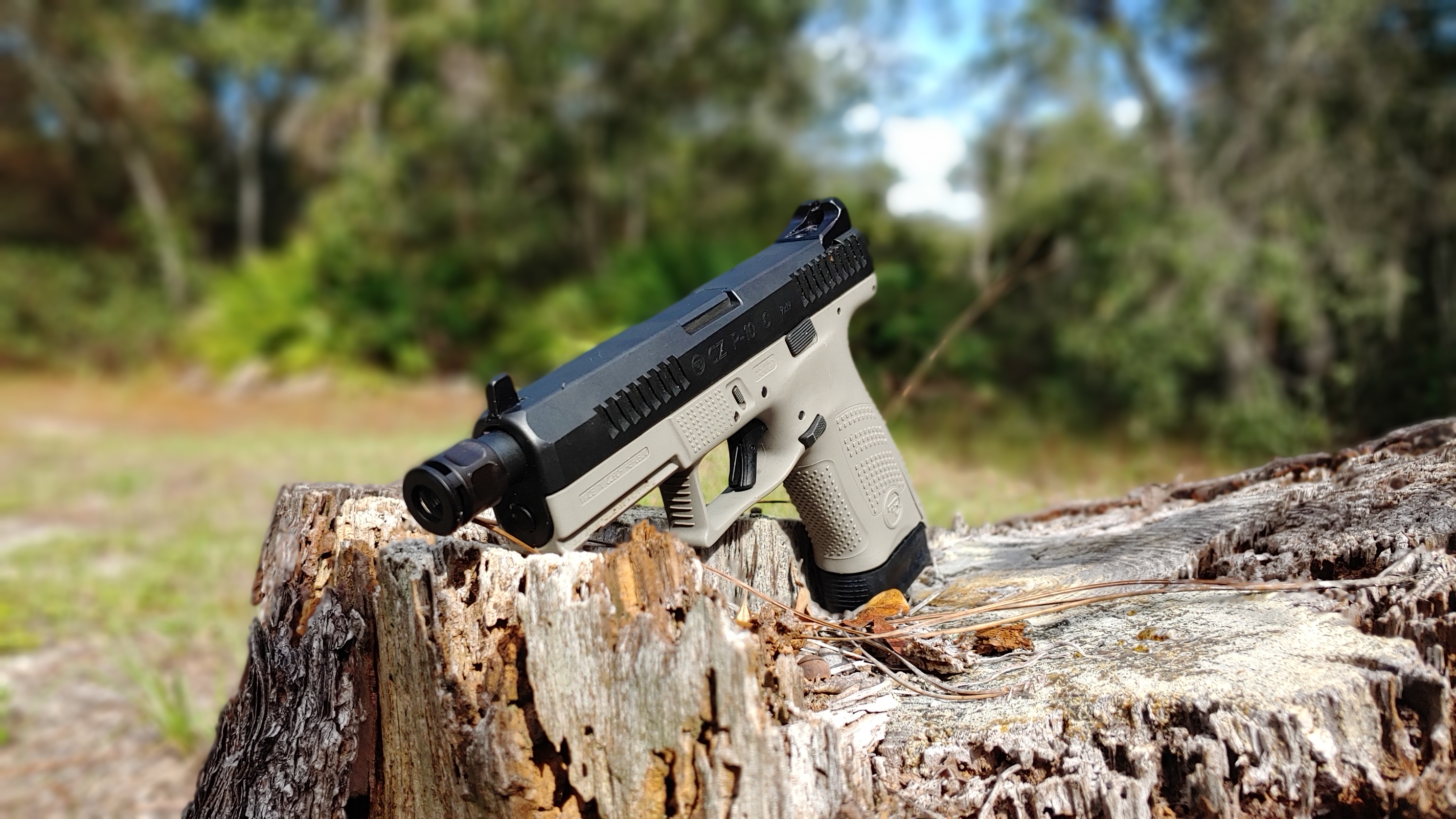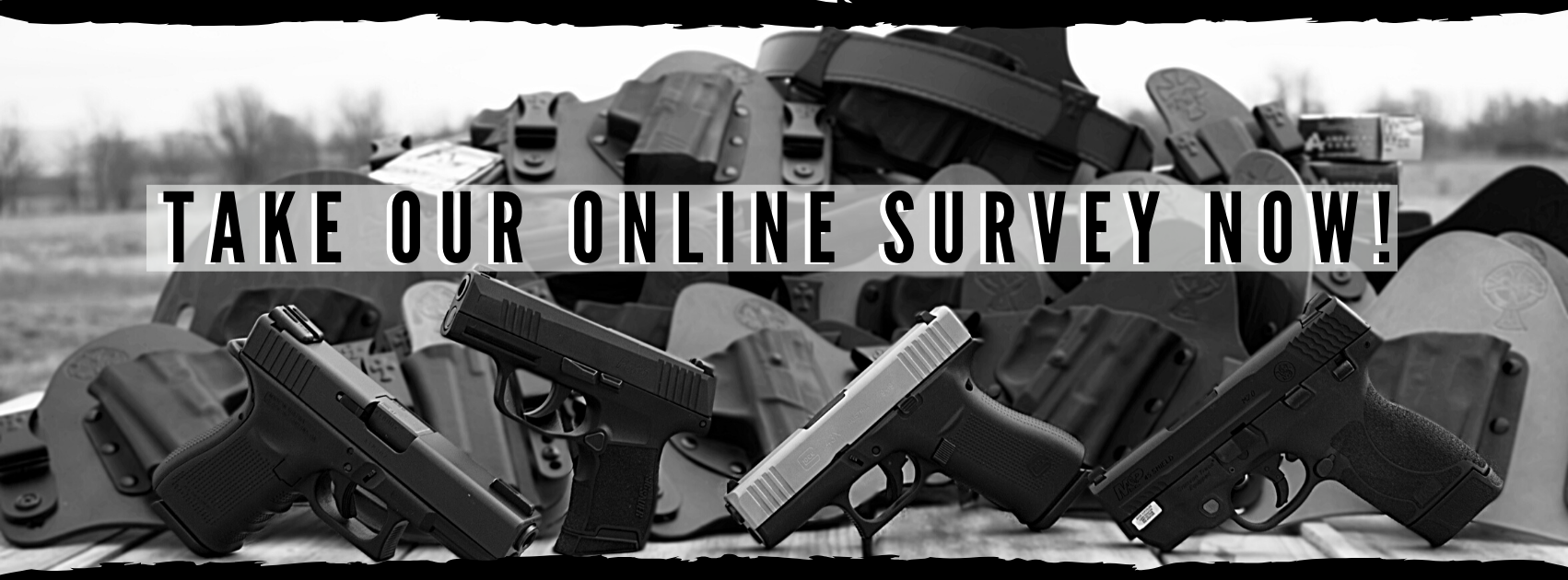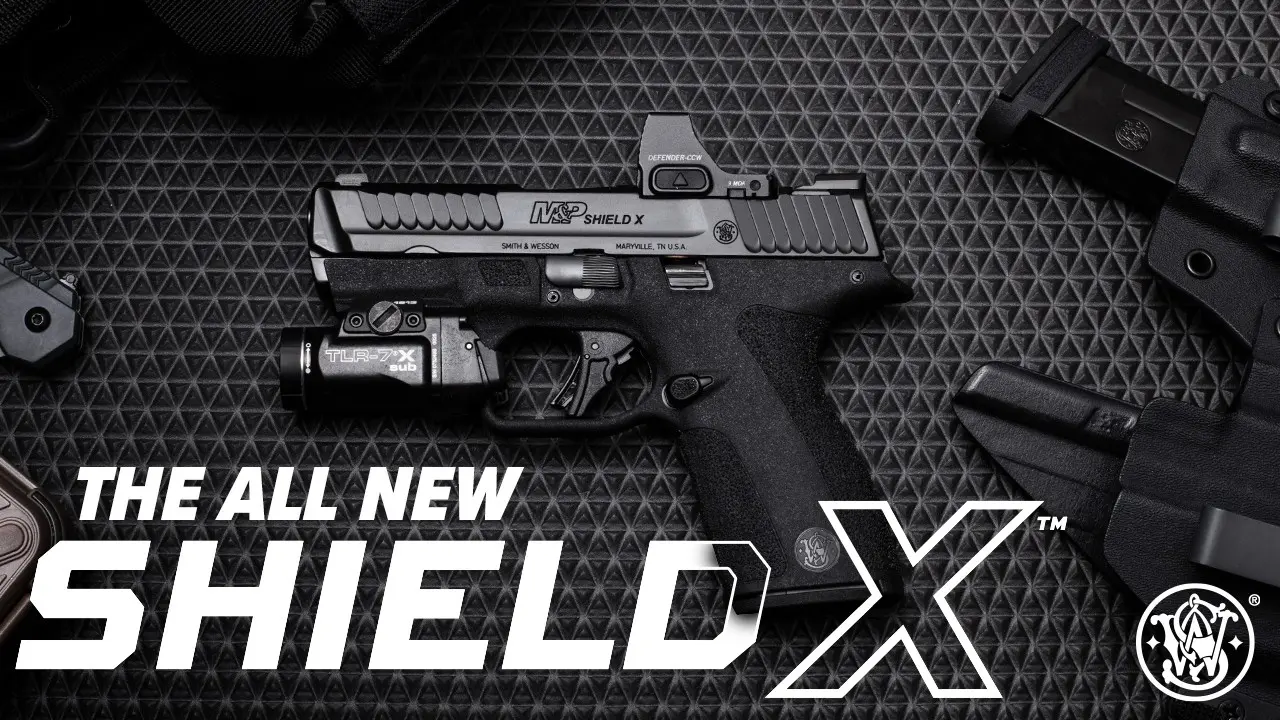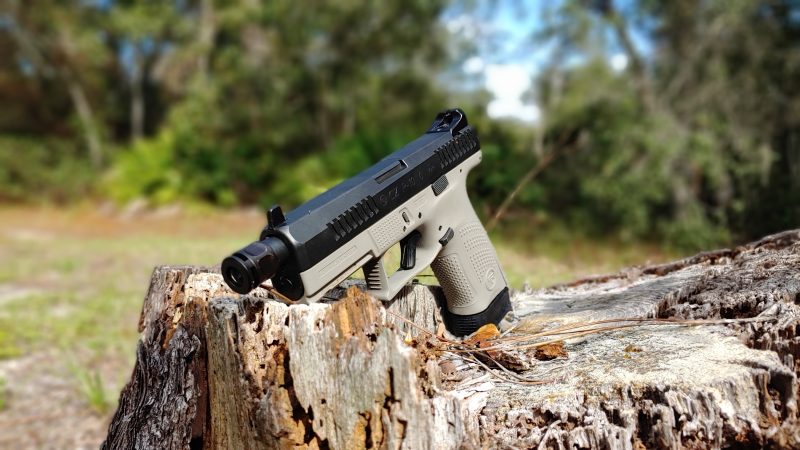
Compensated Handguns are making big strides in the market, but is the juice worth the squeeze?
Tacking crap onto a handgun is a favorite past time of concealed carriers. We love to tinker, to experiment, and to upgrade our guns, sights, optics, triggers, and these days, compensators. Compensated handguns are the new bee’s knees, and today we will cover the pros and cons of a comped firearm.
Compensated Handguns 101
A compensator is a device that attaches to your barrel and directs the gas that’s leaving the barrel upwards. When a handgun is fired, the gun recoils upwards. The gas being propelled upwards by the compensator creates a force that pushes the gun down. This mitigates muzzle rise and helps keep your weapon on target. Some firearms are internally compensated, and this involves porting along the barrel, and on an automatic pistol, the slide is also cut to accommodate porting.
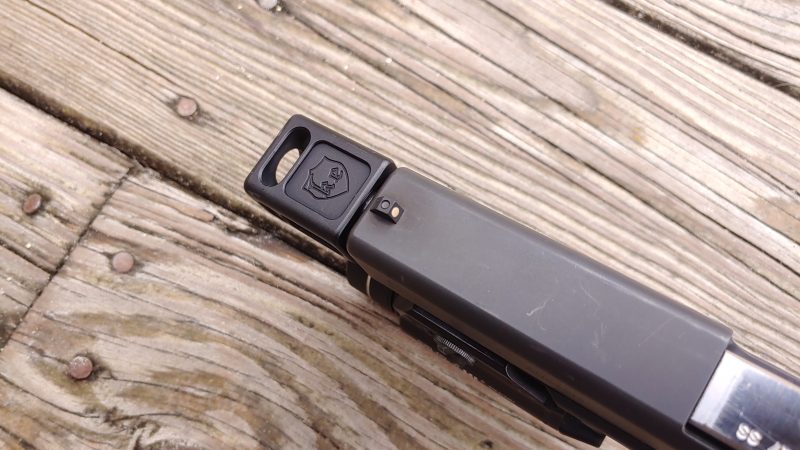
Pros of Comped Handguns
The immediate pros of a comped handgun is the muzzle rise mitigation offered. Less muzzle rise means more control, and more control allows you to accurately pull the trigger faster and land follow-up shots on target more effectively. You can cut par times and land more on target with tighter groups with compensated handguns.
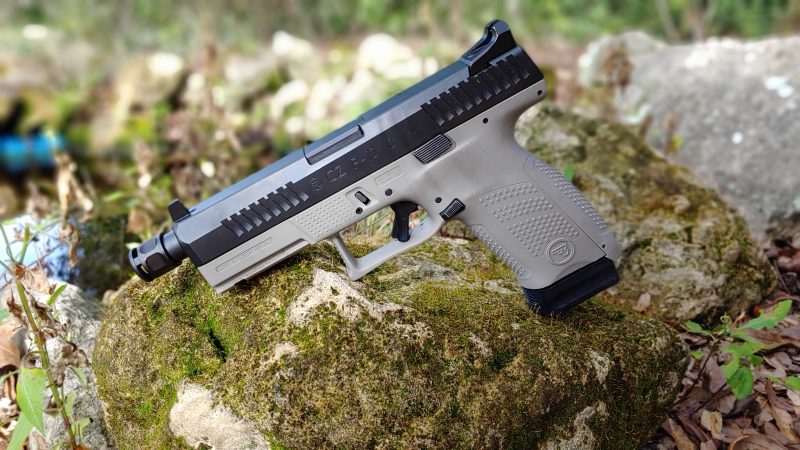
Some compensators are also muzzle brakes. These have side ports that help reduce recoil as well as muzzle rise. Compensated handguns make using a weapon with one hand much more comfortable. The difference is night and day when you have to engage with a single hand or even your off-hand with a comped gun. Multiple target engagements are quicker and more efficient, with rounds being placed closer together in less time.
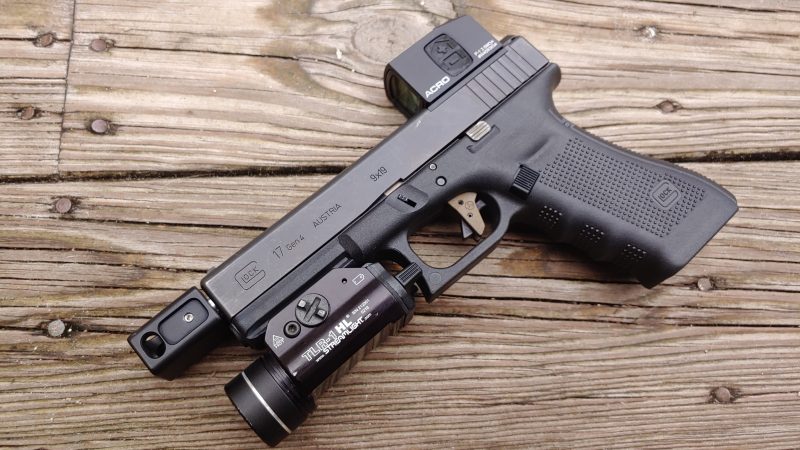
I found my split times cut by as much as 25% when using a gun with a compensator. And 25% is just the beginning. With more practice, that number will improve. It’s also important to note the compensators I am using are all focused on concealed carry compensators. I have none of the competition-grade models, which are often more extensive and more effective.
Whatever you aim to do with a handgun can be faster and more efficiently with a comp.
Downsides
From a concealed carry perspective adding a compensator to a handgun will result in a longer and heavier gun. The extra length and weight will vary between comps, but there will be some added length. Companies like Parker Mountain Machine are doing a great job of reducing comp size, but the gun will ultimately be bigger. Bigger is rarely better when it comes to concealment.
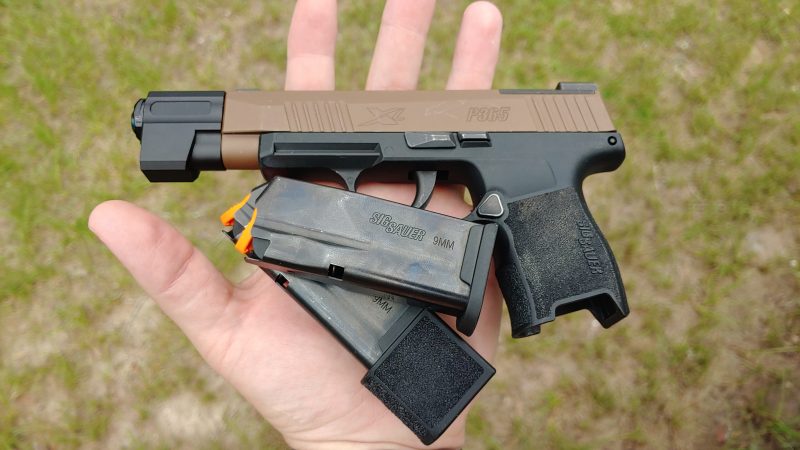
The gas being propelled up can be a blast, literally, to the shooter. If you are shooting at unorthodox positions, like close retention, you might get a face full of gas. It’s a minor discomfort but far from challenging to deal with. Turning the gun away from you and angling the port away solves the problem. Like most things with guns, it’s all about training.
Muzzle Flash
Muzzle flash is something often proclaimed to be a problem with compensators. Since the gas is being ported upwards, it carries some flash with it. This often results in the claim one shot in low light will kill night vision. There are two problems with this.
If the light is so low you can be blinded by muzzle flash, can you even confirm the target is a threat? A well-lit area will wash out any muzzle flash.
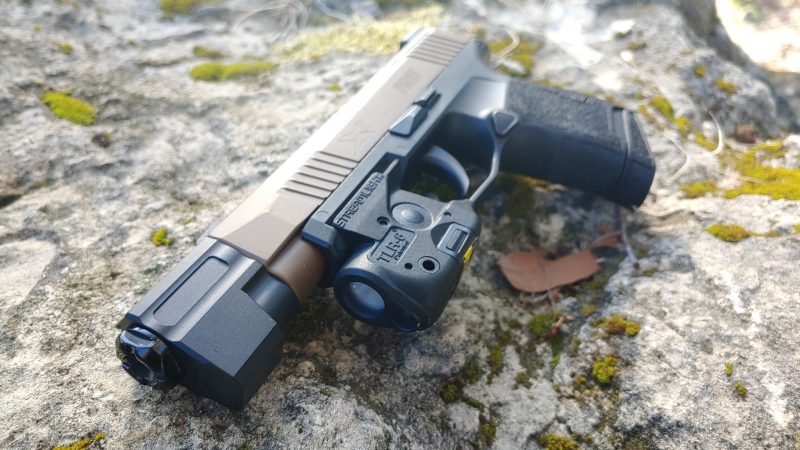
The second is that common defensive calibers don’t have that much flash from comps. It’s there, but not enough to kill your vision or blind you like a flashbang. I would say a comped 9mm is about the same flash as a snub nose .38 Special, and plenty of people use those without issue. Bigger magnum calibers are capable of creating a somewhat blinding flash, and that’s where most people judge compensated handguns from.
Is It For You?
I’m still learning, experimenting, and figuring out what works for me as far as compensated handguns go. I like them so far and find them to be a real game-changer. Every little bit helps when it comes to defensive shooting, and if there is an advantage you can take, why not take it?
Are compensated handguns for you? Let us know below.
ABOUT THE AUTHOR:
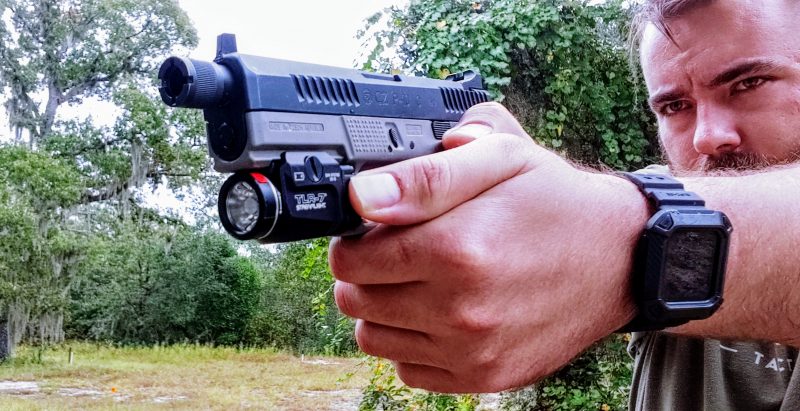
Travis Pike is a former Marine Machine gunner who served with 2nd Bn 2nd Marines for 5 years. He deployed in 2009 to Afghanistan and again in 2011 with the 22nd MEU(SOC) during a record-setting 11 months at sea. Travis has trained with the Romanian Army, the Spanish Marines, the Emirate Marines, and the Afghan National Army.
He serves as an NRA certified pistol instructor and pursues a variety of firearms based hobbies.
![]()
You may also enjoy these popular articles:
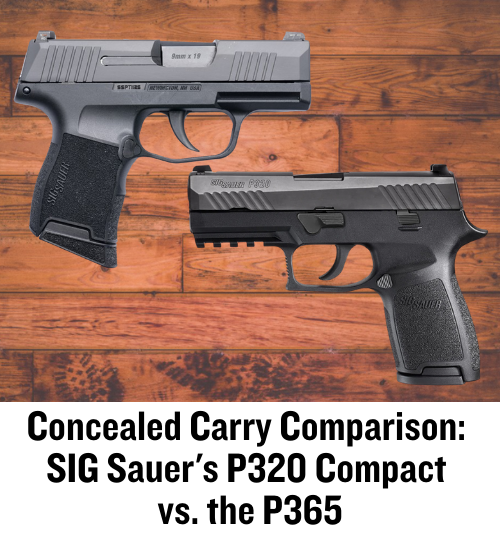

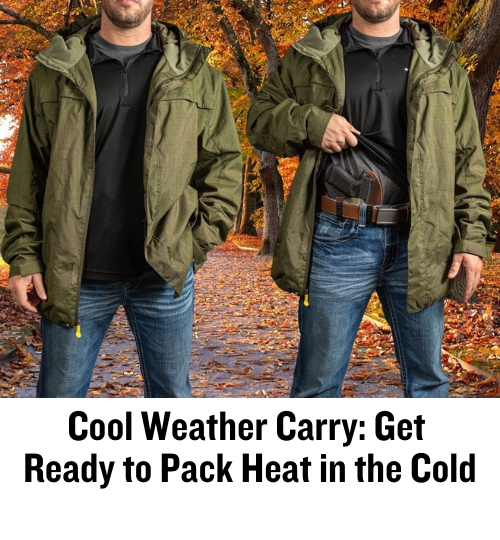

©MTC Holsters, LLC and CrossBreed Holsters Blog, 2020.
Unauthorized use and/or duplication of this material without express and written permission from this site’s author and/or owner is strictly prohibited. Excerpts and links may be used, provided that full and clear credit is given to Travis Pike and the CrossBreed Blog with appropriate and specific direction to the original content.

